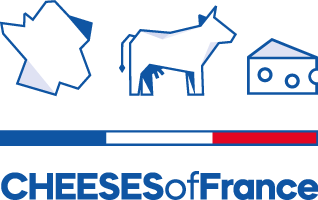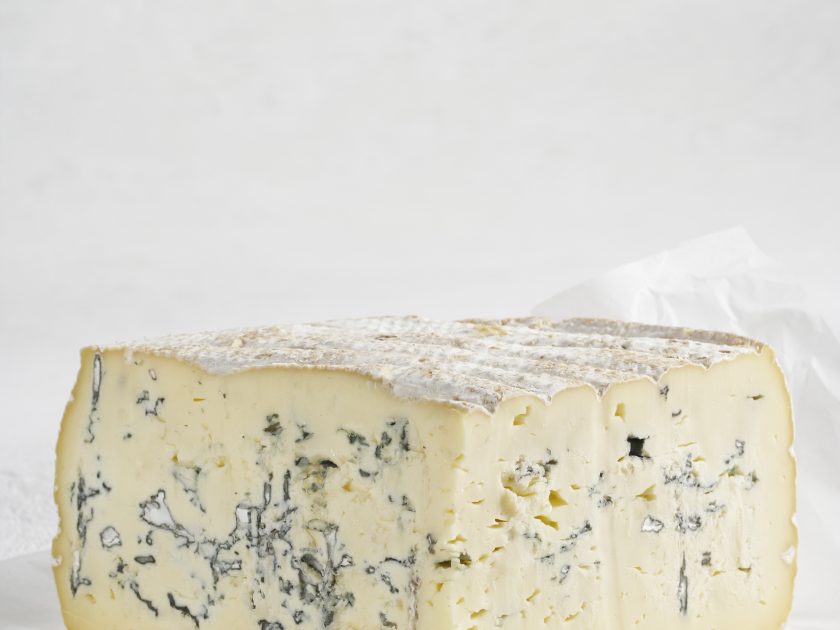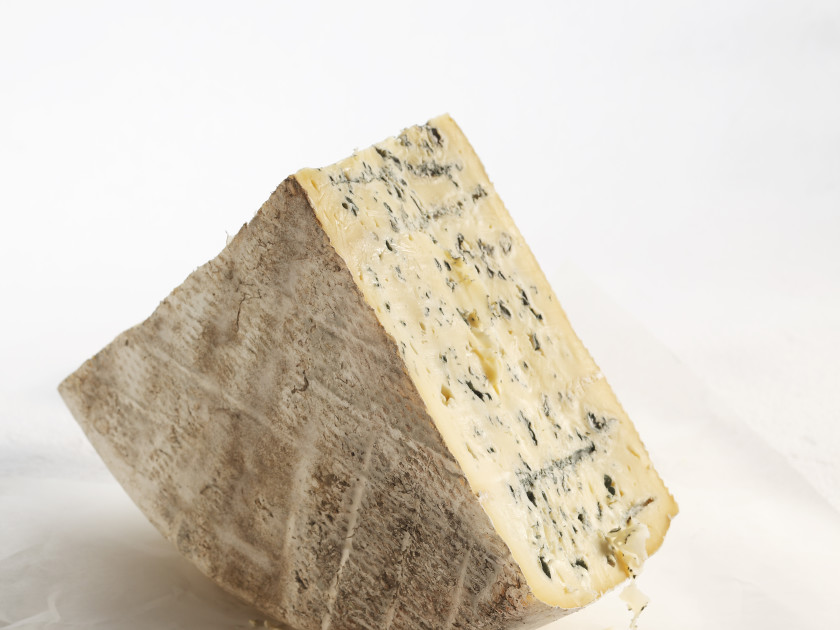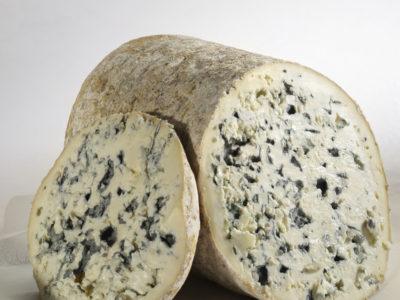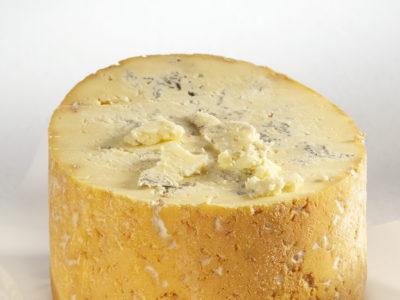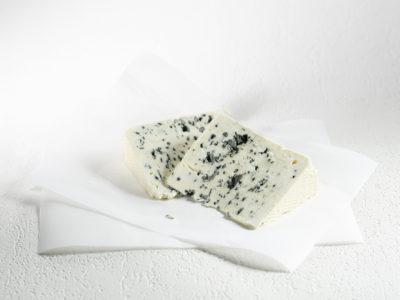Bleu du Vercors-Sassenage
"Blue" CheesesAs early as the 14th century, a blue cheese known as « fromage de Sassenage » was being manufactured all over the Vercors Plateau.
At the time, the Vercors area was called the « Sassenage Mountains » because it was the property of the Lords of Sassenage. Sassenage was a small town controlling one of the principal accesses to the Vercors mountain range.
Francis I and Henry IV of France were both fond of this cheese; it figured in Diderot’s Encyclopedia and Olivier de Serres’ « Théatre d’Agriculture » (1600).
The cheese was granted a registered designation of origin (AOC) in 1998 before gaining a protected designation of origin (AOP) in 1999. Bleu du Vercors-Sassenage comes from the Vercors Plateau within a regional natural park in an area limited to a few villages of Drôme and Isère.
The isolated nature of the Vercors mountain range helped preserve the traditional production method of this cheese.
Centuries ago, it was common farmhouse practice to boil the milk from the day before and, after skimming it slightly, to mix it with that morning’s raw milk. Rennet was then added. Once this preparation was mixed and drained, the curds were poured into molds.
The cheeses were turned out of the molds, salted and matured. During this period, they were turned over a certain number of times.
Only in 1933 was a larger-scale production method developed that took inspiration from this tradition.
The rind is characterized by a thin whitish-gray down that can have pinkish-orange spots and be slightly moist. The ivory-colored paste is relatively dense and shows thin grayish-blue veins.
Health & nutrition
Flavours & sensory qualities
Soft, velvety paste; relatively firm for a blue cheese making it suitable for melting, such as in raclette. Mild taste with a subtle blue taste.
 繁體中文
繁體中文  简体中文
简体中文  한국어
한국어  Français
Français 